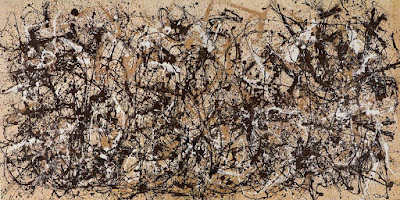 |
| Autumn Rhythm |
With all of the science talk I do here, someone might get the impression there is no “art” aspect of martial arts and that everything can be broken down into a formula. Rest assured, that is not the case. In martial arts (as in life), the apparent dichotomy of art and science is really just two perspectives on one thing. They work together like dance partners. Science is about analysis and learning. Art is about expression and beauty.
In my last post, I talked about the scientific process that allows you to extract big ideas from inpidual techniques. Here, we go the other direction. Instead of analytical skills getting us to our destination, creativity is our vehicle now.
Part of the reason that I emphasize generality so much when determining principles is because the more general a principle is, the fewer restrictions there are in applying it. This makes room for creativity. If the principle is truly a principle, then you should be able to apply it in many different ways and have it work. Using this in sparring, I’ve performed techniques (strikes, joint locks, submissions, throws, etc.) that I had NEVER trained before yet the techniques were applied successfully.
You just need to know what the principles are, when they are relevant, and have a few basic ways of applying them. Doing that will enable you to “make up” moves on the fly. For example, take the push-pull mechanic/principle. It applies not only to joint locks but throws, structure manipulation, weapon disarmament, and more. I could (and probably will) do a whole series of posts on how to use the push-pull mechanic to do joint locks on every joint in the human body.
So first you should gain knowledge about fighting and your preferred fighting style using scientific methods. Then take what you have learned and artistically express yourself through movement.